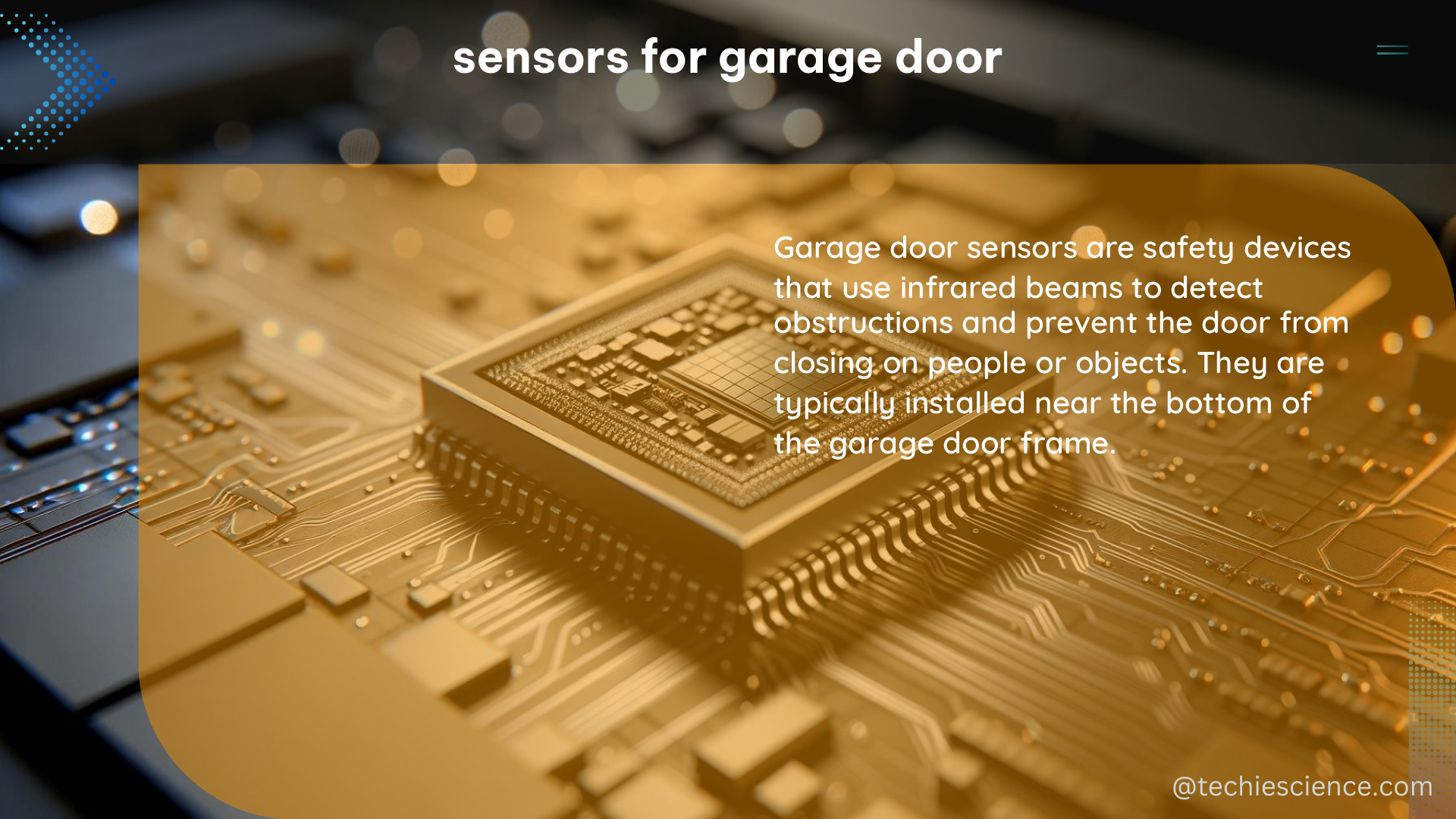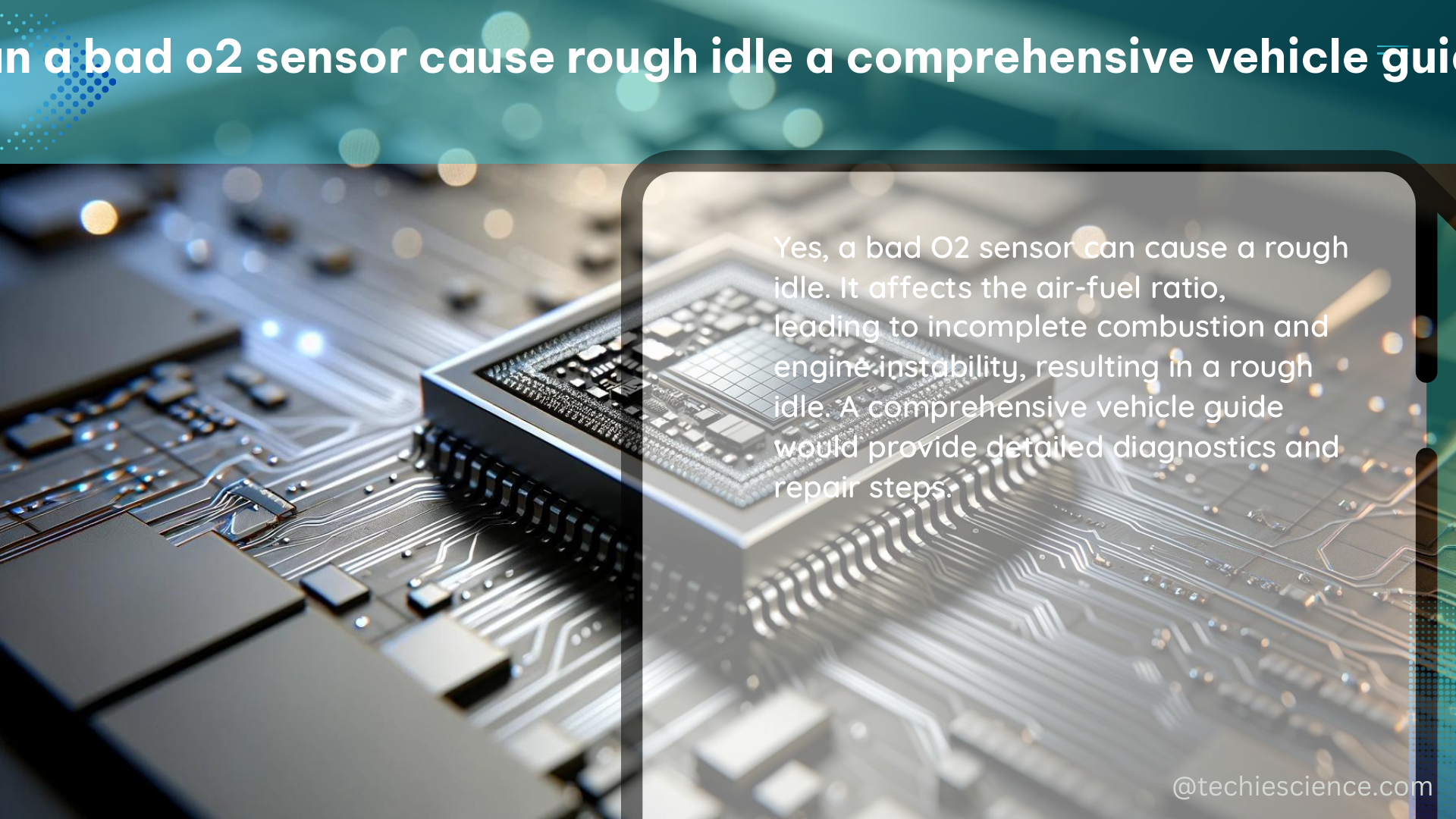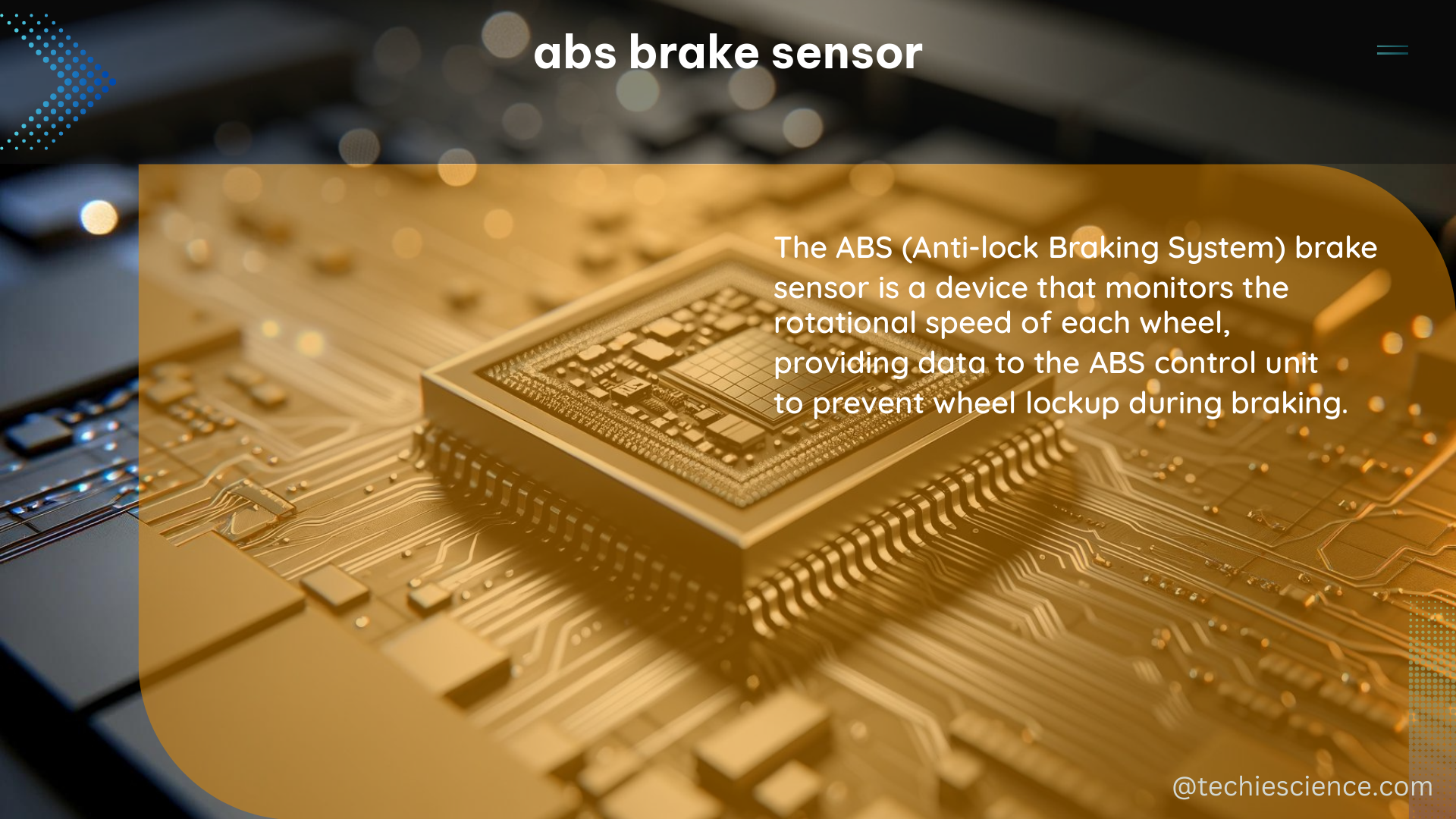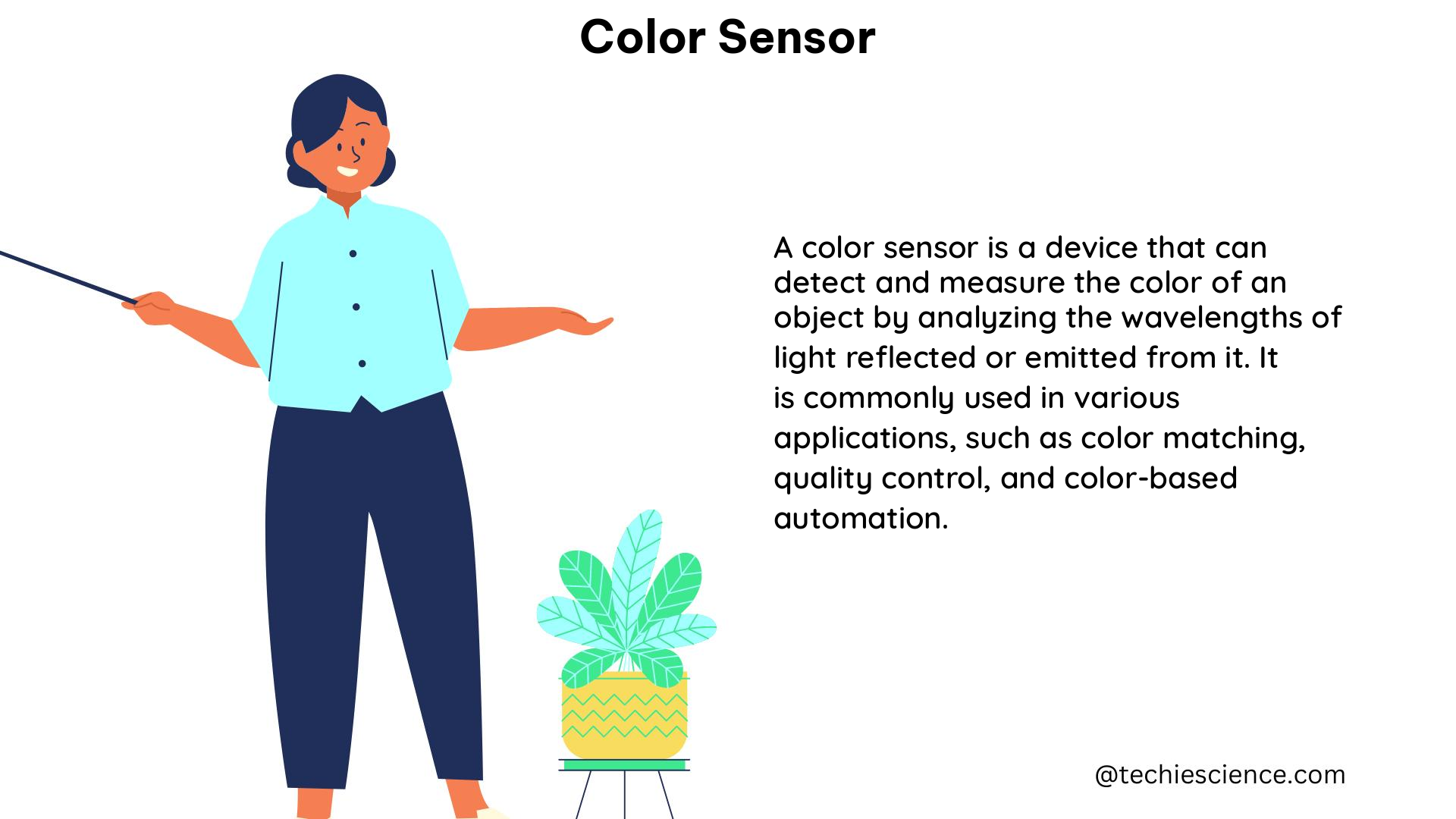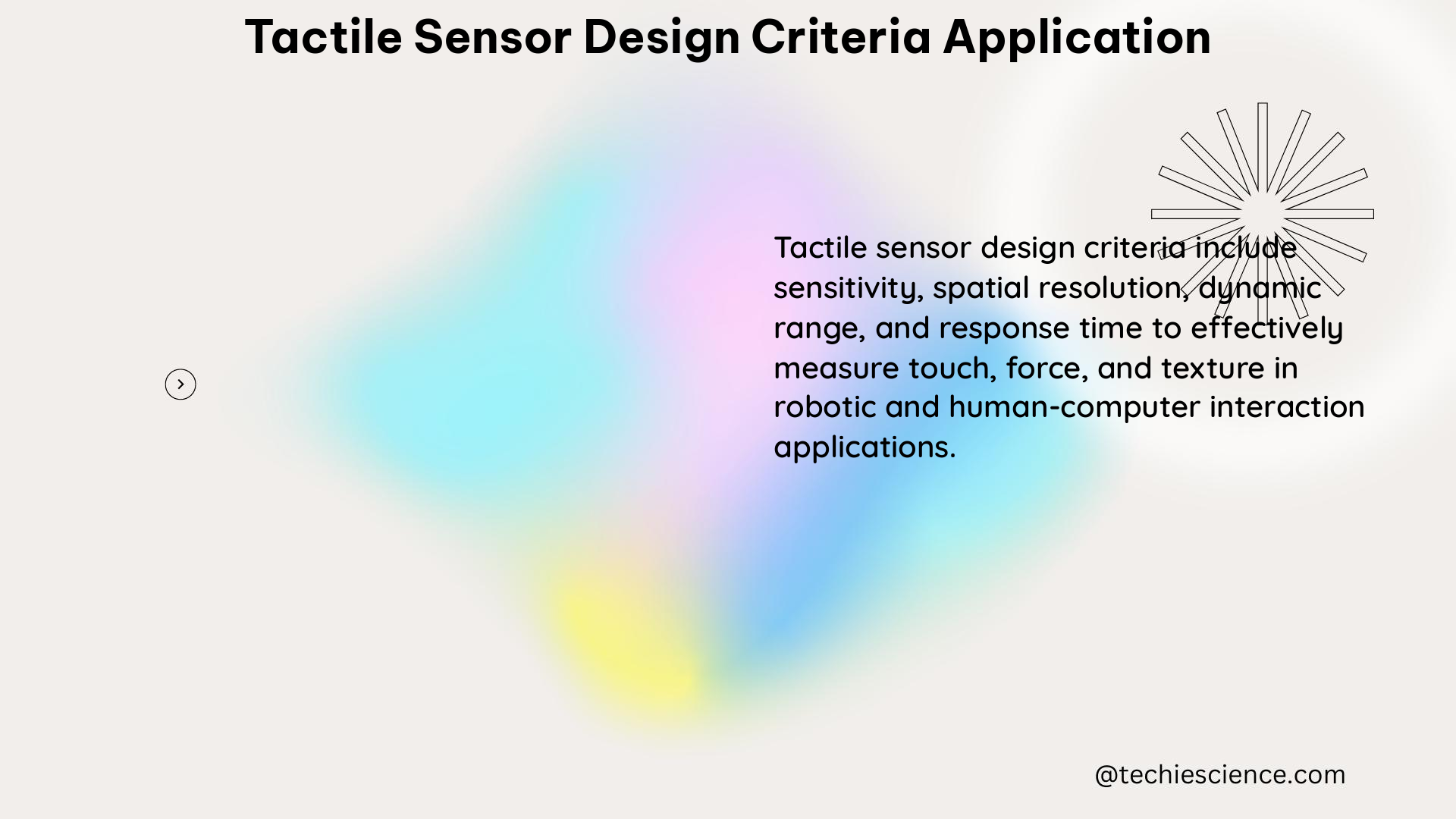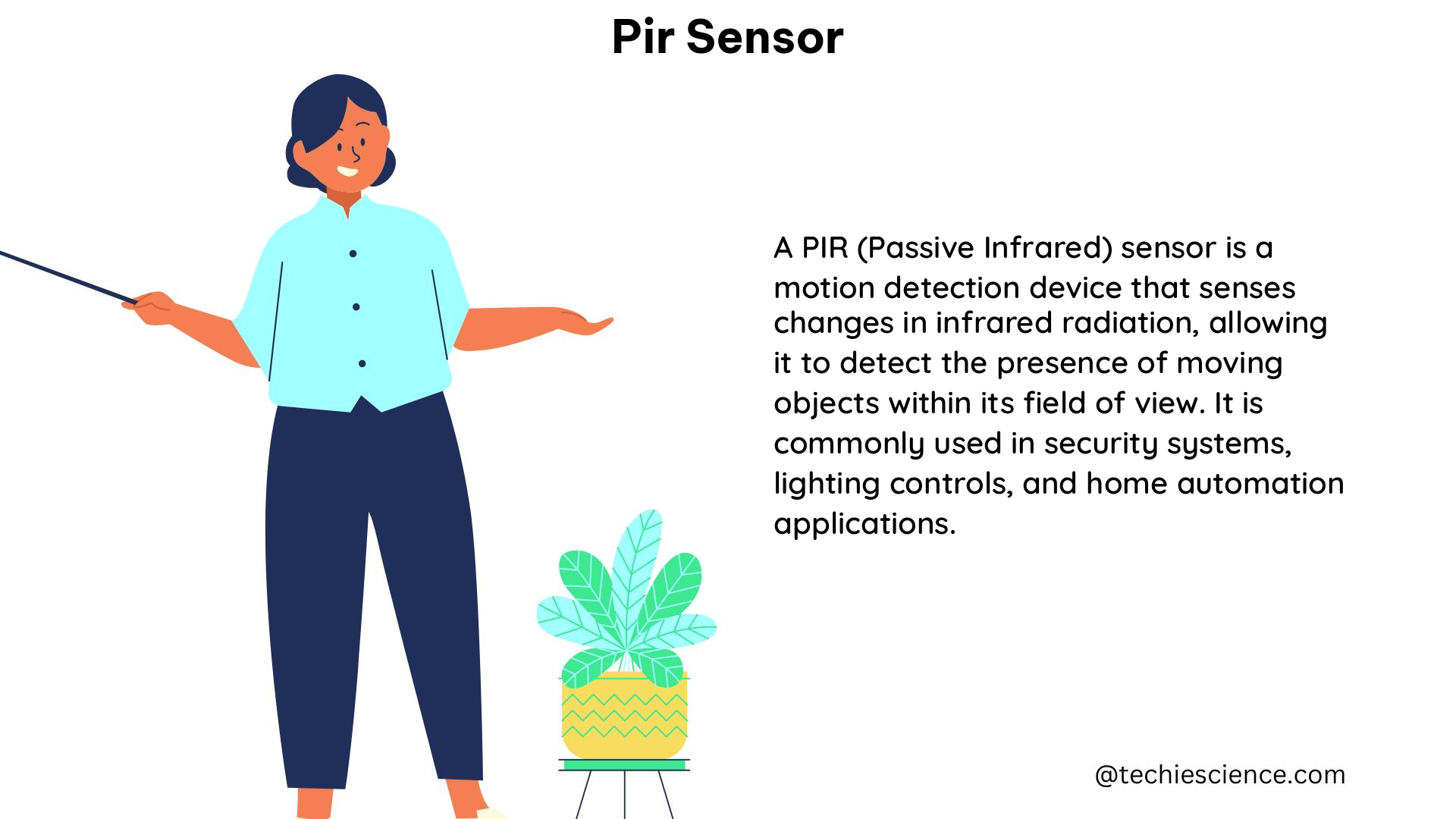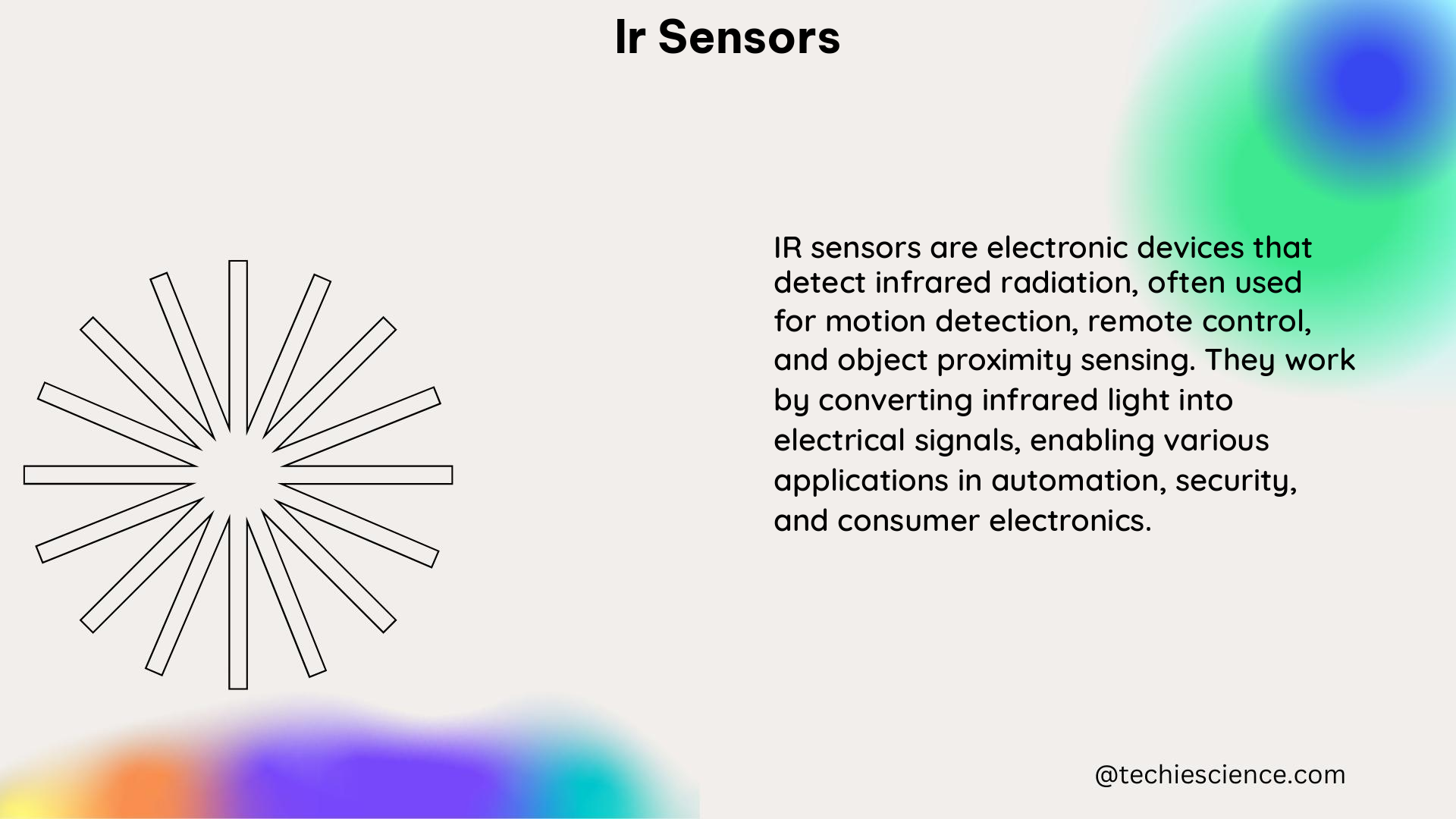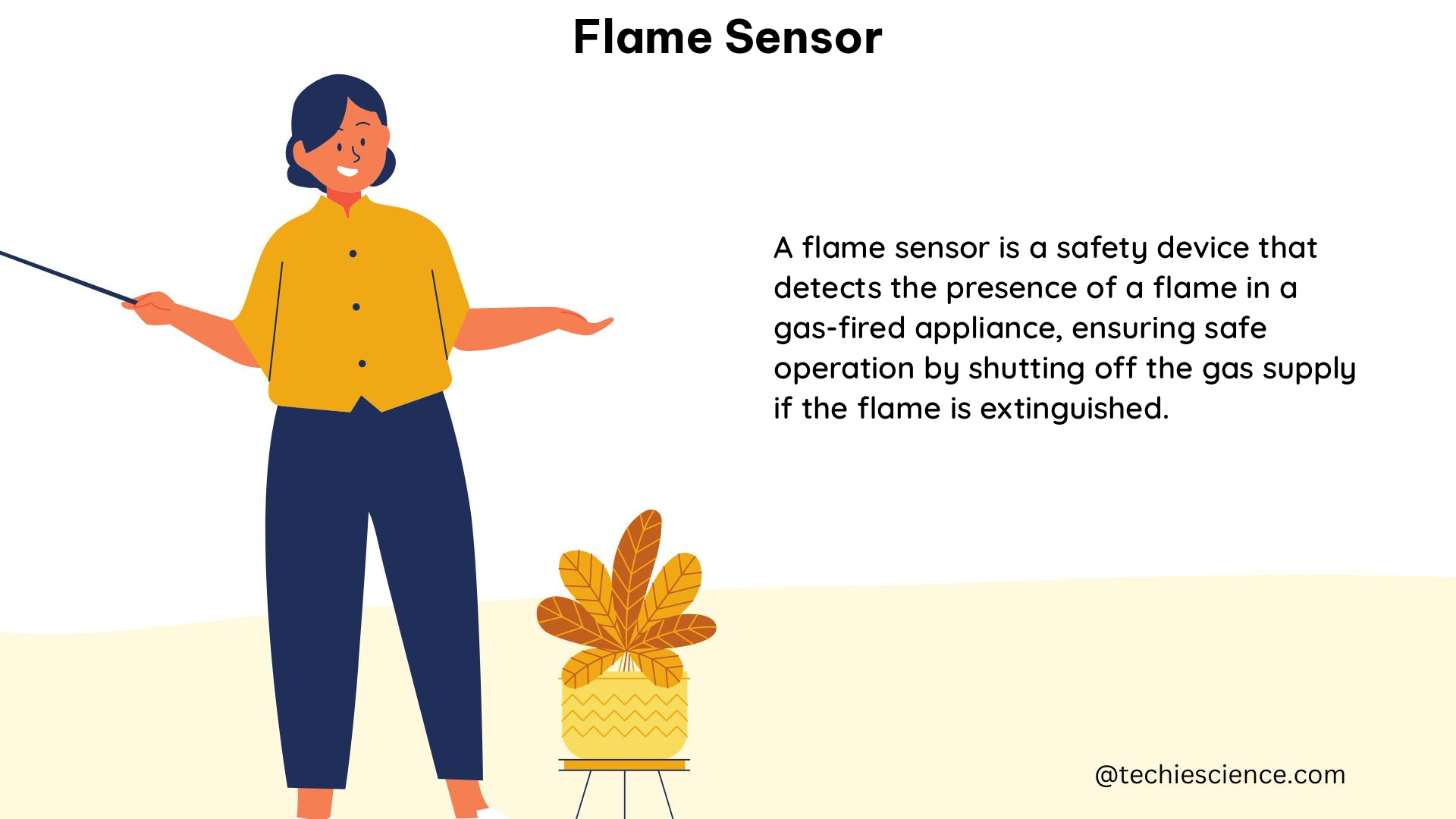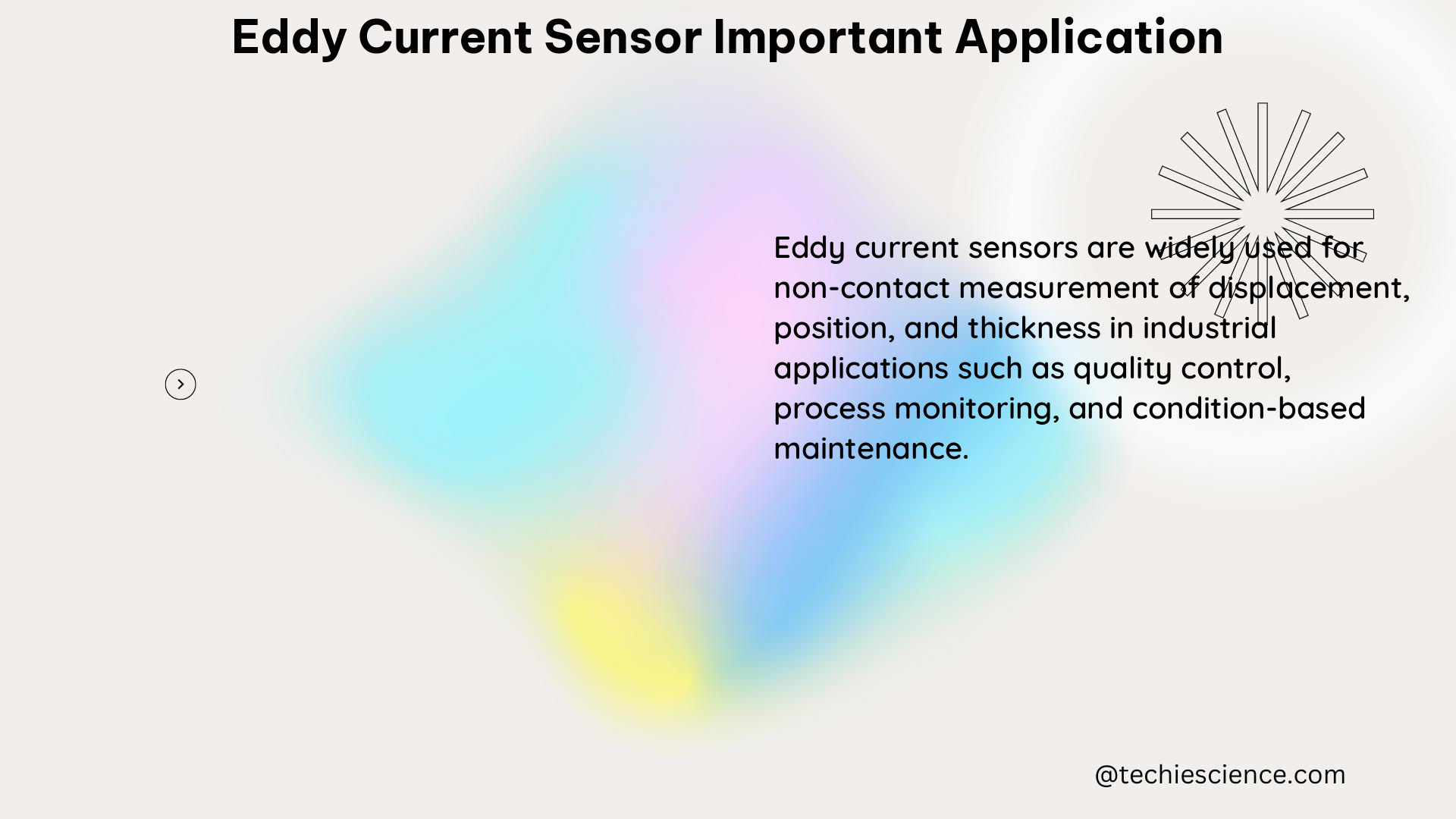Robot sensors are crucial components that estimate a robot’s condition and environment. This comprehensive guide delves into the measurable, quantifiable data on various robot sensors characteristics, providing a detailed and technical manual for science students and enthusiasts.
Tactility
Tactility refers to the perceived pleasantness when touching a robot. It can be measured on a scale, with higher values representing greater pleasantness. The tactility of a robot’s surface can be influenced by factors such as material, texture, and temperature. For example, a robot with a soft, smooth, and warm surface may be perceived as more pleasant to touch compared to a robot with a hard, rough, and cold surface.
The tactility of a robot can be measured using various techniques, such as:
- Psychophysical Experiments: Participants can be asked to rate the pleasantness of touching different robot surfaces on a scale, such as a Likert scale or a visual analog scale.
- Neurophysiological Measurements: Techniques like functional magnetic resonance imaging (fMRI) or electroencephalography (EEG) can be used to measure the neural responses to different tactile stimuli, providing insights into the underlying mechanisms of tactile perception.
- Biomechanical Measurements: Instruments like force sensors and motion capture systems can be used to measure the physical interactions between the human and the robot, such as the applied force, contact area, and skin deformation.
Physical Comfort
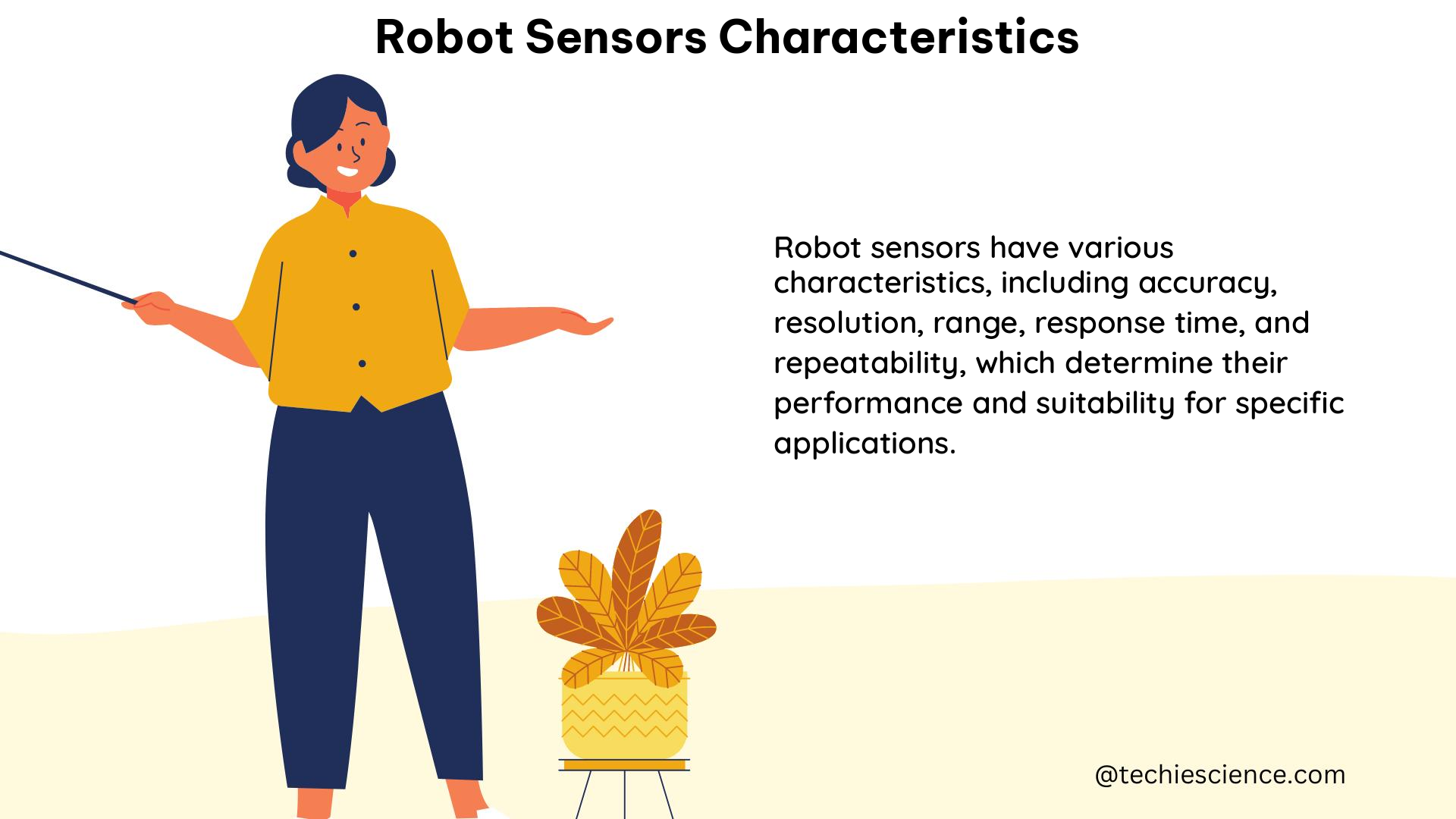
Physical comfort refers to the overall well-being and ease of interaction with a robot. It includes factors such as human posture, muscular effort, joint torque overloading, peri-personal space, comfortable handover, legibility, and physical safety. These factors can be measured using various tools and techniques, such as:
- Motion Capture Systems: These systems can track the movement and posture of the human during interaction with the robot, providing insights into the physical strain and comfort levels.
- Force Sensors: Sensors placed at the robot’s end-effector or in the human-robot interface can measure the forces and torques experienced during the interaction, helping to assess physical comfort and safety.
- Surveys and Questionnaires: Participants can be asked to rate their physical comfort and perceived safety during the interaction with the robot, providing subjective feedback.
Mechanical Transparency
Mechanical transparency refers to the ability of a robot to follow the movements imposed by the operator without noting any resistant effort. It includes factors such as the predictability of the robot’s motion, the naturalness and smoothness of the motion, the sense of being in control, the responsiveness to physical instructions, the feeling of resistive force, and the level of frustration experienced by the user. These factors can be measured using various tools and techniques, such as:
- Motion Capture Systems: These systems can track the movement of the robot and the user’s limbs during the interaction, providing insights into the synchronization and responsiveness of the robot’s motion.
- Force Sensors: Sensors placed at the robot’s end-effector or in the human-robot interface can measure the forces and torques experienced during the interaction, helping to assess the level of resistive effort.
- Surveys and Questionnaires: Participants can be asked to rate their sense of control, the predictability and smoothness of the robot’s motion, and the level of frustration experienced during the interaction.
Robot Perception
Robot perception refers to the user’s overall impression and attitude towards the robot. It includes factors such as favorability, likeability, willingness for another interaction, behavior perception, politeness, anthropomorphism, animacy, vitality, perceived naturalness, agency, perceived intelligence, competence, perceived safety, emotional security, harmlessness, toughness, familiarity, friendship, companionship, friendliness, warmth, psychological comfort, helpfulness, reliable alliance, acceptance, ease of use, and perceived performance. These factors can be measured using various tools and techniques, such as:
- Surveys and Questionnaires: Participants can be asked to rate their impressions, attitudes, and preferences towards the robot using various scales and question formats.
- Interviews and Focus Groups: Qualitative feedback can be gathered through in-depth interviews and focus group discussions, providing a deeper understanding of the user’s perception and experience with the robot.
- Behavioral Observations: Researchers can observe and analyze the user’s interactions with the robot, such as their body language, facial expressions, and verbal responses, to infer their perception of the robot.
Perceived Intuition
Perceived intuition refers to the user’s perception of the robot’s understanding of the task goal, intelligence, willingness to follow the robot’s suggestion, dependability, understanding of the robot’s intention, and perceived helpfulness. These factors can be measured using various tools and techniques, such as:
- Surveys and Questionnaires: Participants can be asked to rate their perceptions of the robot’s intuition, intelligence, and helpfulness during the interaction.
- Behavioral Observations: Researchers can observe and analyze the user’s interactions with the robot, such as their willingness to follow the robot’s suggestions and their level of trust in the robot’s capabilities.
- Task Performance Metrics: The robot’s performance on specific tasks can be measured, such as the task completion rate, error rate, and success rate, to infer the user’s perception of the robot’s intuition and competence.
Conveying and Receiving Emotions
Conveying emotions refers to how humans believe they should convey their emotions to robots through physical touch, while receiving emotions refers to how humans expect to receive a robot’s emotions through physical touch. These factors can be measured using various tools and techniques, such as:
- Surveys and Questionnaires: Participants can be asked to rate their preferences and expectations regarding the conveyance and reception of emotions through physical touch with robots.
- Interviews and Focus Groups: Qualitative feedback can be gathered through in-depth interviews and focus group discussions, providing a deeper understanding of the user’s perspectives on emotional interactions with robots.
- Behavioral Observations: Researchers can observe and analyze the user’s physical interactions with the robot, such as the type and intensity of touch, to infer their emotional communication preferences.
Emotional State Recognition
Emotional state recognition refers to the ability to recognize a human’s emotional state during interaction without necessarily conveying emotions using physical touch. This can be measured using various tools and techniques, such as:
- Facial Expression Recognition: Computer vision algorithms can be used to analyze the user’s facial expressions and infer their emotional state.
- Voice Emotion Recognition: Audio processing techniques can be used to analyze the user’s vocal cues and infer their emotional state.
- Physiological Signal Analysis: Sensors can be used to measure the user’s physiological signals, such as heart rate, skin conductance, and respiration, which can be correlated with their emotional state.
Efficiency, Effectiveness, and Innovation
Efficiency, effectiveness, and innovation are important metrics for evaluating the performance and impact of robots in various applications.
- Efficiency: This measures how much time, cost, or resources were saved or optimized by the robot. It can be measured in various units, such as seconds, dollars, or watts.
- Effectiveness: This measures how well the desired results were achieved. It can be measured using various metrics, such as task completion rate, error rate, and success rate.
- Innovation: This measures how much existing processes, products, or services were improved or enhanced by the robot. It can be measured using various metrics, such as productivity increase, quality improvement, and customer satisfaction.
These metrics can be quantified through various methods, such as:
- Time and Cost Measurements: Tracking the time and cost savings achieved by the robot compared to manual or other automated processes.
- Task Performance Metrics: Measuring the robot’s performance on specific tasks, such as accuracy, speed, and reliability.
- Productivity and Quality Metrics: Analyzing the improvements in productivity, quality, and customer satisfaction achieved through the robot’s implementation.
Other Sensor Characteristics
In addition to the characteristics mentioned above, robot sensors also have other common characteristics that can be measured, such as:
- Resolution: The smallest change in the measured quantity that the sensor can detect.
- Accuracy: The degree of closeness between the sensor’s measured value and the true value of the quantity being measured.
- Sensitivity: The ratio of the change in the sensor’s output to the change in the measured quantity.
- Linearity: The degree to which the sensor’s output is proportional to the measured quantity.
- Precision: The degree of repeatability or consistency in the sensor’s measurements.
- Bandwidth: The range of frequencies or rates of change that the sensor can accurately measure.
- Dynamic Range: The ratio between the largest and smallest values of the measured quantity that the sensor can detect.
These characteristics can be measured using various tools and techniques, such as:
- Calibration Systems: Specialized equipment and procedures used to determine the sensor’s performance characteristics, such as accuracy, linearity, and sensitivity.
- Test Benches: Controlled environments or setups used to evaluate the sensor’s performance under different operating conditions, such as temperature, pressure, or vibration.
- Data Analysis Software: Tools used to process and analyze the sensor’s output data, providing insights into the sensor’s characteristics and performance.
By understanding and quantifying these various robot sensors characteristics, researchers, engineers, and scientists can design, develop, and optimize robotic systems that are more effective, efficient, and intuitive for human-robot interaction.
References:
– https://www.universal-robots.com/in/blog/types-of-sensors-in-robotics-universal-robots/
– https://www.ncbi.nlm.nih.gov/pmc/articles/PMC10490212/
– https://www.linkedin.com/advice/0/how-do-you-measure-value-robotics-projects-clients-skills-robotics
– https://www.cs.cmu.edu/~rasc/Download/AMRobots4.pdf
– https://link.springer.com/chapter/10.1007/978-981-19-1983-1_7
